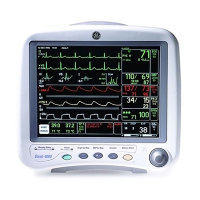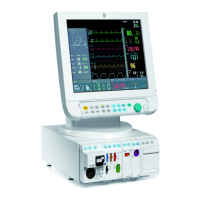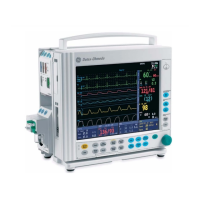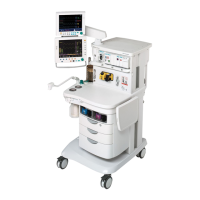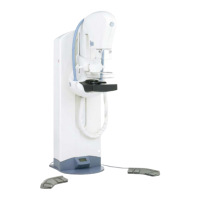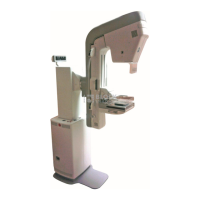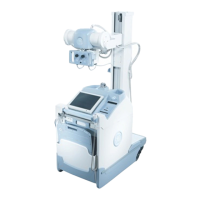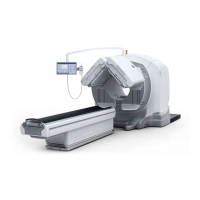2042480-001 C Dash 2500 Patient Monitor 12-13
NELLCOR® OXIMAX® SpO2: Principle of SatSeconds™
Principle of SatSeconds™
False or nuisance alarms are a common concern in pulse oximetry monitoring.
They are often triggered by minor brief desaturation events that are clinically
insignificant. SatSeconds is a proprietary Nellcor alarm management technique
that helps reduce false and nuisance alarms without risking patient safety.
With traditional alarm management, upper and lower alarm limits are set for
monitoring oxygen saturation. During monitoring, as soon as an alarm limit is
violated by as little as one percentage point, an audible alarm immediately
sounds. When the SpO
2
level fluctuates near an alarm limit, the alarm sounds
each time the limit is violated. Such frequent alarms can be distracting. With the
SatSeconds technique, upper and lower alarm limits are set in the same way as
with traditional alarm management. The clinician also sets a SatSeconds limit
that allows the Monitoring of SpO
2
below the selected low alarm limit and SpO
2
above the selected high alarm limit for a period of time before an audible alarm
sounds.
Alarm Response with SatSeconds
Saturation levels may fluctuate rather than remain steady for a period of several
seconds. Often, the SpO
2
levels may fluctuate above and below the alarm limit,
re-entering the non-alarm range several times. During such fluctuations, the
pulse oximeter integrates the number of SpO
2
points, both positive and negative,
until either the SatSeconds limit (SatSeconds time setting) is reached, or the SpO
2
level returns to within a normal range and remains there.
Using SatSeconds
The SatSeconds option is located in the password-protected Configuration
Mode. Refer to the Dash 2500 Patient Monitor Service Manual (PN 2042481-001)
for more information.
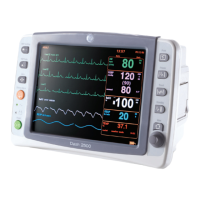
